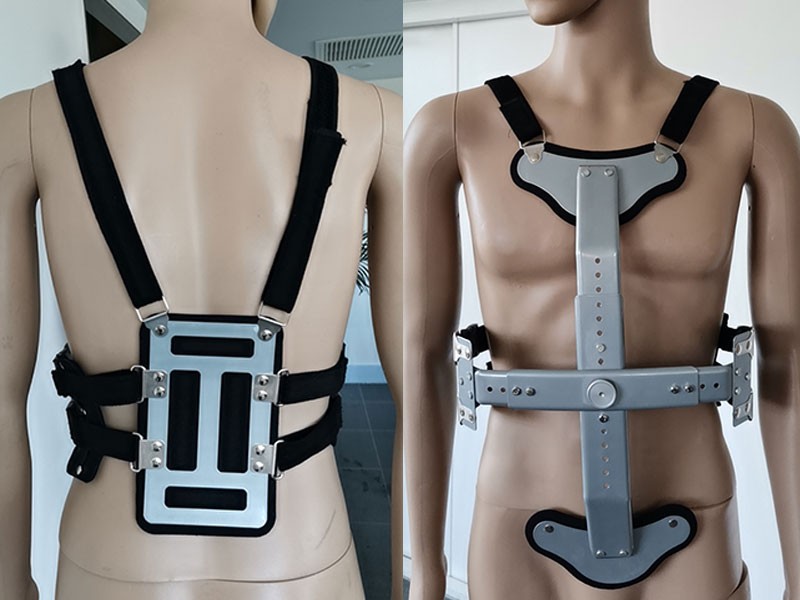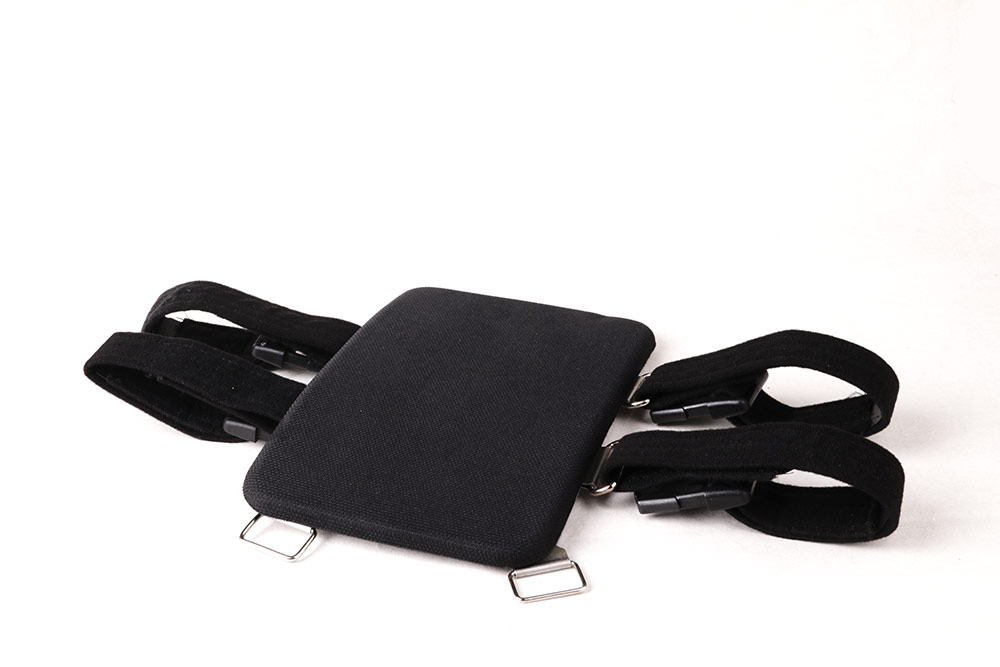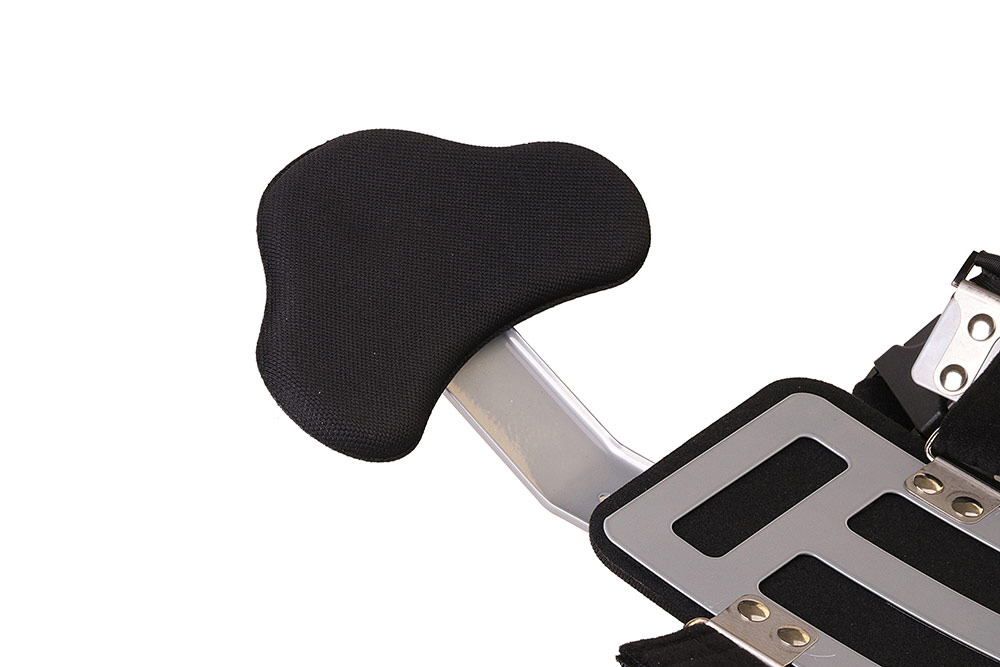
- location:
- 網(wǎng)站首頁(yè) >
- PRODUCTS >
- PRODUCTS





This equipment is suitable for thoracolumbar violent compression fracture without nerve compression and neurological symptoms after fracture. It is characterized in that the patient can get out of bed immediately and move freely. And quickly relieve abdominal distension and other symptoms. It can also be used for external support after compression nerve operation and thoracic and lumbar tuberculosis surgery after fracture to increase the stability of the spine. After use, it can leave the bed in time to facilitate patients.
Product structure composition:
The torso fixator is composed of a guide beam part, a cross beam part, a rear support plate part, a side cushion part and an afterburner belt.
[scope of application]
This product is suitable for the following situations: 1. External reduction and fixation of thoracolumbar and lumbar vertebral compression fractures without nerve compression symptoms, and maintaining the gradual adjustment of fixation and reduction state, so as to achieve the purpose of functional reduction or anatomical reduction, which is conducive to early ambulation of patients and prevent the occurrence of complications. 2. It can be used for fixation of compression fracture of thoracic, lumbar and lumbar vertebrae with nerve compression symptoms after operation to maintain its stability and early activity. 3. It can be used for the protection of external fixation after thoracic tuberculosis surgery.
[contraindications]
Compression fractures of thoracic, lumbar and lumbar vertebrae with nerve compression symptoms.
[usage]
1. Firstly, adjust the length of the guide beam according to the patient's height. The chest brace is located at the corresponding position of the patient's sternal handle, and the pubic symphysis support plate is located at the pubic symphysis of the patient. Connect the upper guide beam and the lower guide beam firmly with the connecting screws.
2. Adjust the length of crossbeam according to the patient's body width. If the patient has rib fracture, the crossbeam can be made longer, and it is better not to press the two ribs when the belt is tightened; if there is no symptom of discomfort of two ribs, the beam can be shortened to make the patient lie on the side comfortable. After the length is determined, the left and right beams are fixed firmly with fixing screws and nuts.
3. Let the patient lie on his side, put the back support plate at the compression fracture site of the back of the patient, and the shoulder belt around the patient's shoulder, the belt around the patient's sides and put on the pad, and then let the patient turn from the side to the supine, put the guide beam on the patient's chest, put the chest brace in the appropriate position of the patient's sternal handle, the pubic symphysis support plate at the pubic symphysis of the patient, and then put the combined beam on the guide beam At a 90 degree angle, move the beam up and down so that the loop line connected by the clip connector and the belt is vertical to the longitudinal beam. At this time, use the combination screw to go through the corresponding through hole in the middle of the beam and screw into the corresponding screw hole of the longitudinal beam for fastening. The belt is respectively put into the corresponding clip connector of the beam for tension. The tension force can be adjusted randomly and then bonded.
4. Put the shoulder strap into the clip connector of the chest brace and tighten it. After the tension adjustment, the patient can move out of bed.
[precautions]
The tension force should be greater when the patient is out of bed. When lying in bed, especially in supine, the tension force can be relaxed.
Stop using the product in one of the following situations:
1. When the locking mechanism of the product fails. 2. After failure of matching performance. 3. There are rust spots on the surface of the instrument after wiping.